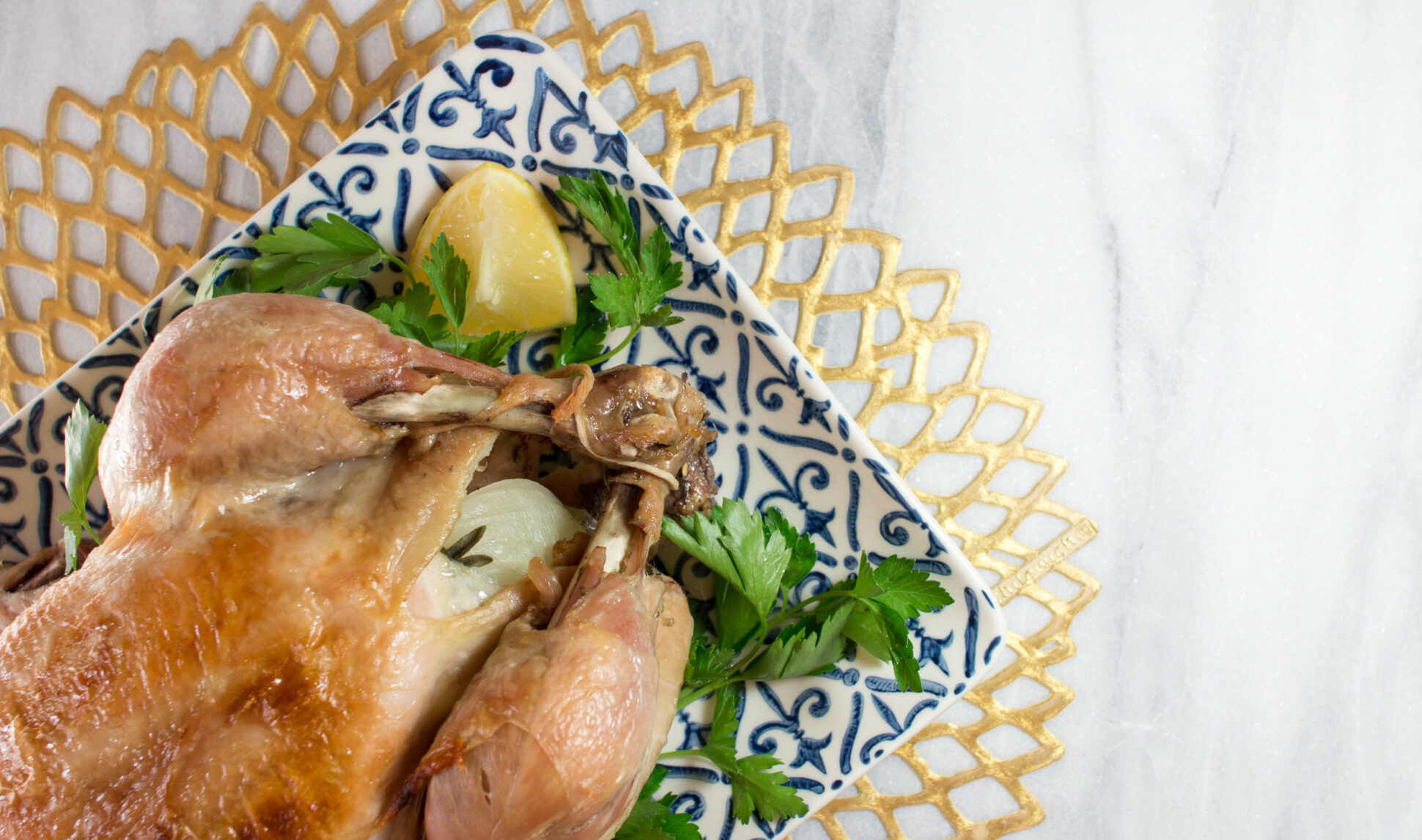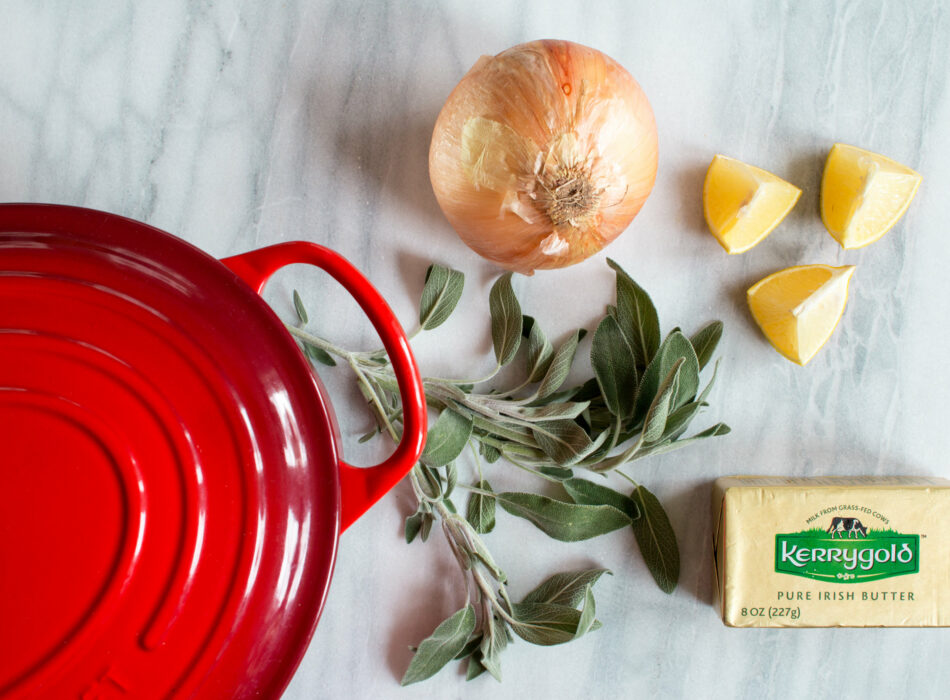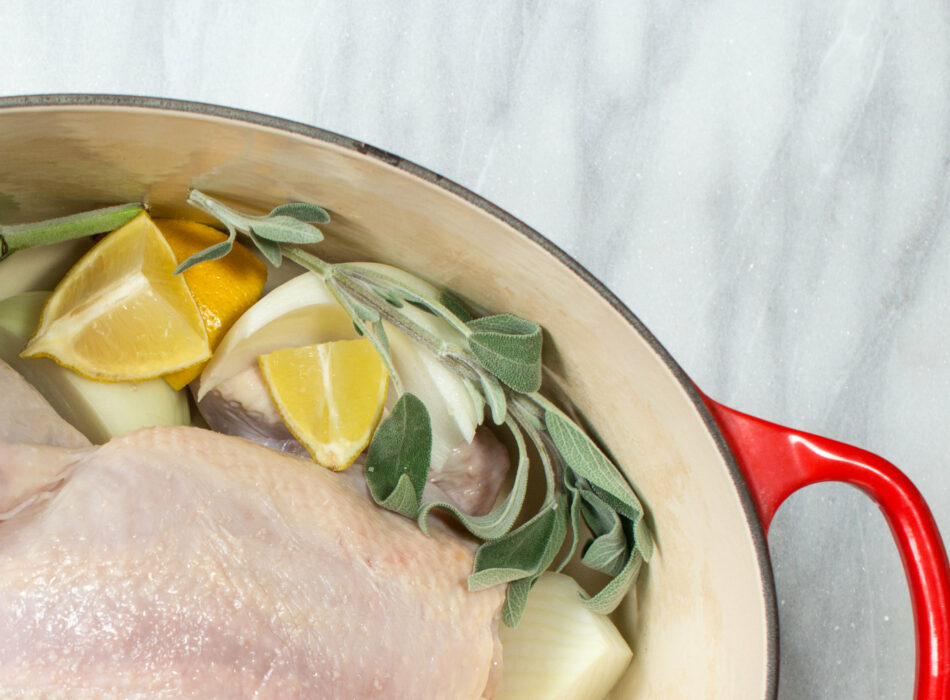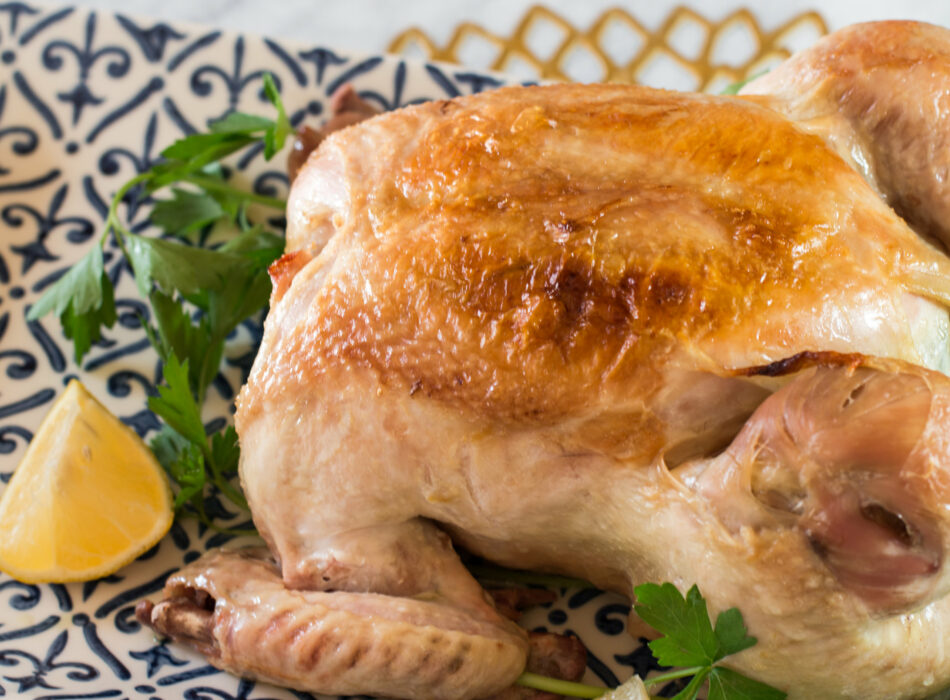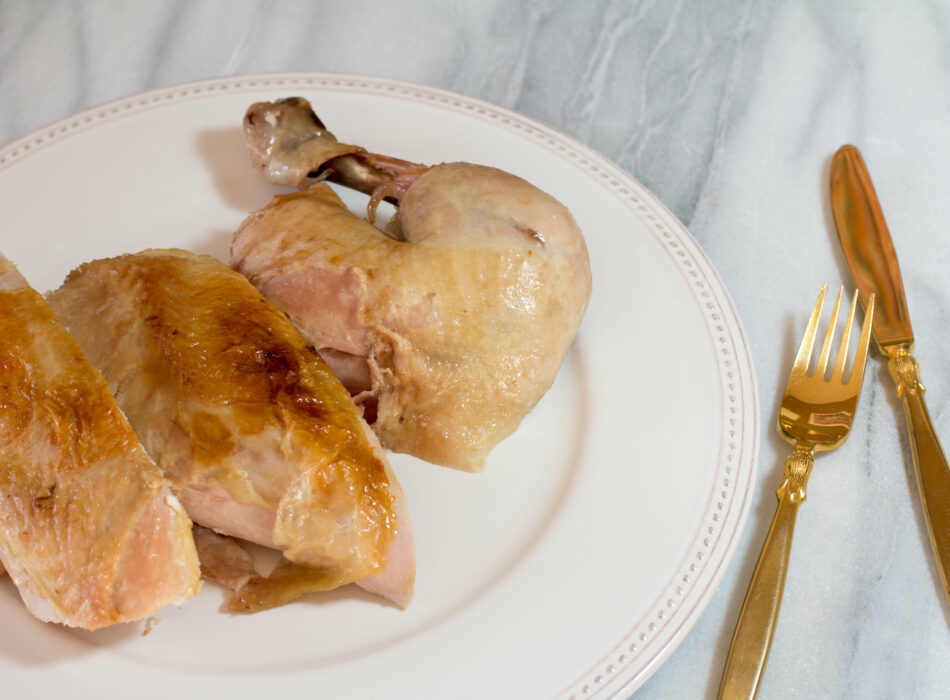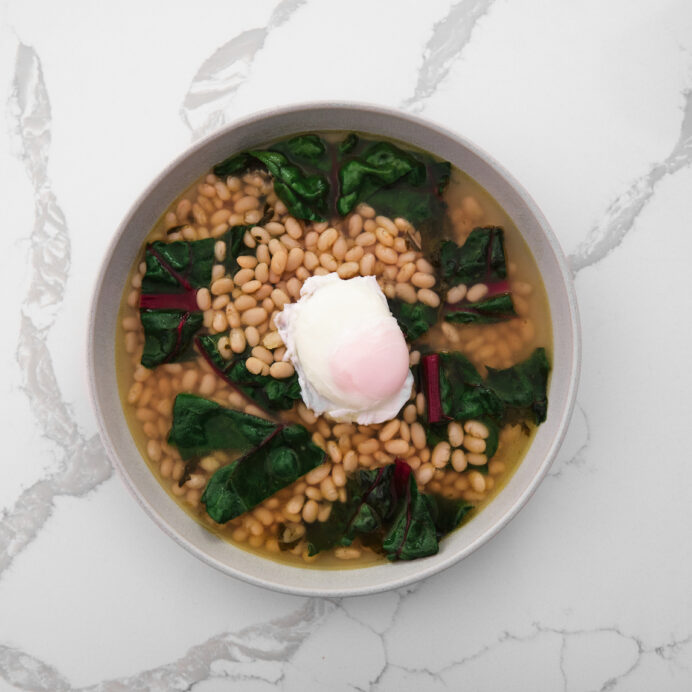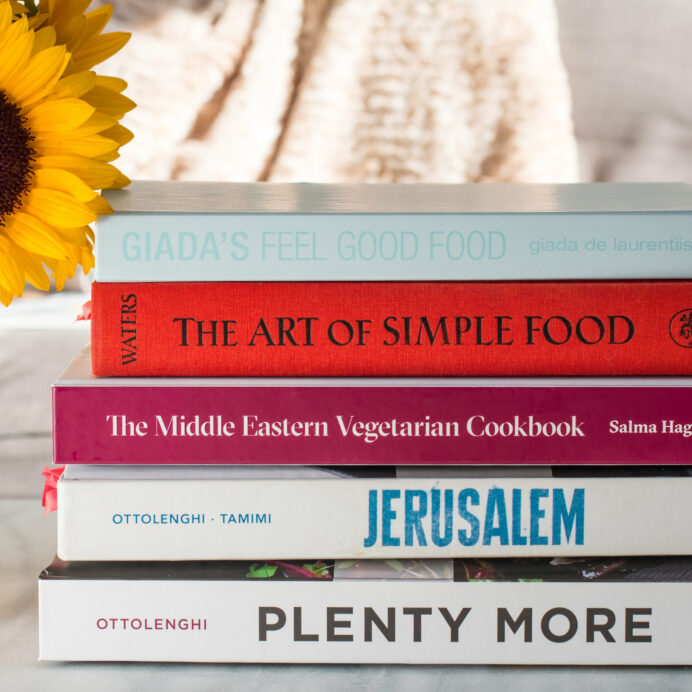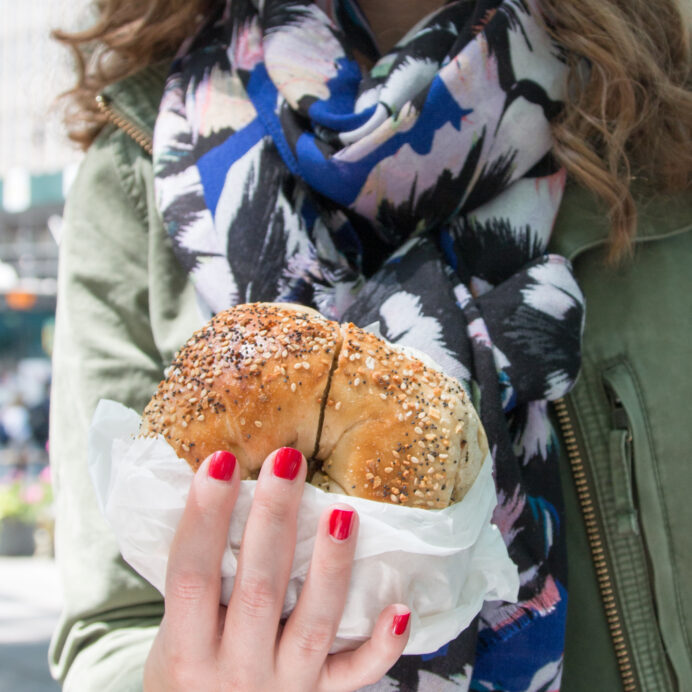Hello there. It’s been an interesting year, so far. I traveled twice—to Florida to visit my grandparents and breathe luxurious tropical air, and to Utah to visit a dear friend and to see Sundance Film Festival. And snow. Genuine, real-life snow that made me say childish things like, “We’re in a snow globe!” For someone who deals with snow storms and their slushy aftermath on the regular, Bianca (hi, Bianca) was very patient with my enthusiasm. Then, on Saturday, I felt a lot of feelings, like solidarity with the good humans marching for equality, acceptance, and justice. From my apartment, we could see an aerial view of the crowd as they gathered. I watched them for a moment, expanding and contracting, filling the open spaces of Downtown Los Angeles like crisp air fills your lungs after a long night of steady, shallow breathing. Awake, I suppose, is the best way to describe it, tired of my comfortable state of complacency, where I never should have settled.
Saturday was cathartic and radical. Which brings me to another, far less radical but super-slightly related topic: roast chicken. Though not a useful form of activism, roasting chicken has, in a small way, taught me to stick up for myself. Bear with me, reader. If you’ve ever sought guidance on a much-loved, often-recreated dish like caesar salad or eggs benedict, you may have experienced the cacophony of advice out there. Roast chicken is another such recipe. When I tried to make my own version, inspired by the one we had in Paris three years ago, I found recipes by Thomas Keller and Alice Waters, both helpful. Then I found a thousand more on the Internet and received more still from some of the more overbearing (but well-intentioned) cooks in my life. The whole universe weighed in, is essentially what I’m saying. And I spent weeks paralyzed. To brine or not to brine? Low and slow for moisture or high heat for crispy skin? Keep the feet on?! (Actual tip I received, by the way).
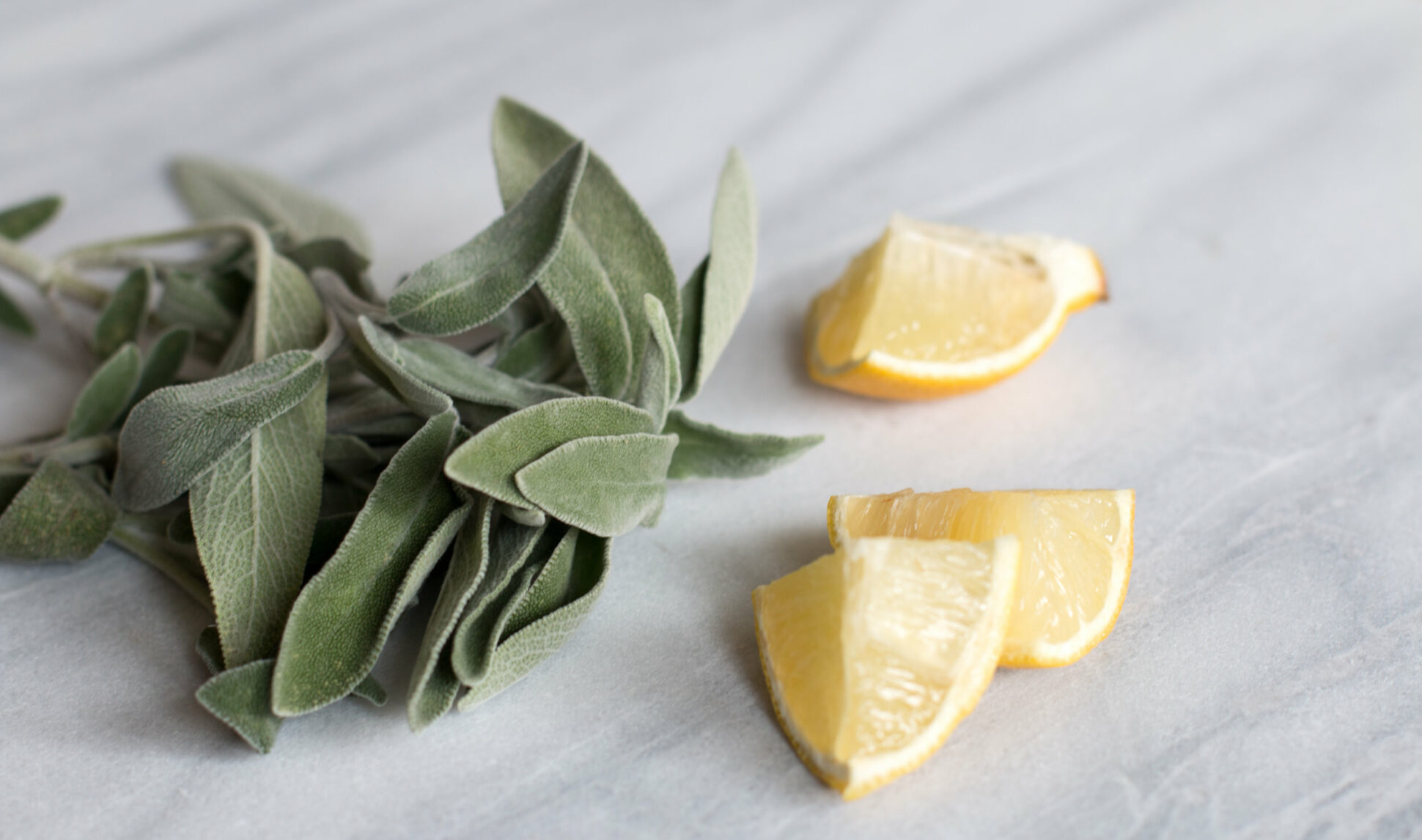
Now I’m on the other side of this emotionally trying journey, having innocently taken way too many suggestions to heart, tested every tip and trick, failed, and finally learned something. When it comes to cooking (and eating… and probably life in general), our instincts often serve us better than the opinions of others. So this is roast chicken, my way, pared down to what I think are its most essential, soul-satisfying qualities. And I will confess something to you right now, reader—this recipe is ninety percent about butter, as good things usually are. Used in the right amounts, it takes roast chicken from its rustic, comforting origins to the fat-on-fat nirvana of brown, crispy skin and perfectly-seasoned flesh so tender it yields to gentle a nudge of your fork. It brings out the bright background of lemon and sage, which I stuff into the cavity, and holds the flaky kosher salt crystals that settle on top of the skin. It’s the type of chicken you might be inclined to eat with your face close to the plate, getting your hands involved even.
This recipe does not hold The Secret to perfect roast chicken, though I believe it’s pretty fail-safe (like almost any recipe with generous amounts of butter and salt). It’s only the truest version of what lives in my memory from Paris, on the night when Adam and I sat in dark red booths inside a brasserie, shaking off the face-numbing cold of a snowy evening, and stuffing our faces with the most sensual version of roast chicken we’d ever tasted. I appreciate, reader, that you may have your own take on this well-loved dish, and it may be precious, hard-won, and passed down through generations. And if you do, then you should probably make that one. Think of it as your own personal form of rebellion, a shield against the ever-nudging voices advising you to try this or that (including mine) and a proud declaration of your own experience. Maybe it will help you dig your heels into even more important things, if the metaphor works for you.
Method:
- If you know you’re going to want this chicken in advance, it’s best to brine the bird overnight. The longer you brine, the juicier and more tender the meat becomes. Combine all of the ingredients for the brine in a large container (I use a stock pot). Add the chicken, and make sure it’s fully submerged. Cover and place in the refrigerator for as long as a day or as little as four hours.
- Prep the chicken a couple of hours in advance, so it reaches room temperature before you start cooking it. Pull the chicken out of the brine and give it a good rinse under cold water. Don’t forget to rinse the cavity too. Dry the chicken thoroughly (the dryer the bird, the crispier the skin will be). Gently loosen the skin over the chicken breast. Massage the salt over the entire surface of the chicken and underneath the loosened skin of the breast, taking care to salt the cavity as well. Stuff the cavity with half of the onion, lemon, and sage.
- Using the kitchen string, truss the chicken. Place the chicken tail side down with the drumsticks pointing towards you. Tuck the wings underneath the chicken. Run the center of the string around the neck, and bring the ends over the body, between the drumsticks, and then under the joints. Cross the ends of the string and tighten to bring the joints together. Loop the ends once around the joints and twice around the joints and tail. Tie a knot and trim any excess string. If my directions don’t make sense to you, please consult the formidable Martha Stewart on trussing a chicken.
- In a heavy-bottomed, oven-safe pan melt the butter over medium-high heat. Once the butter melts, add the other half of the onion, lemon, and sage around the sides of the pan. Place the chicken into the pot and sear for about five minutes or until the skin becomes golden and starts to crisp. Carefully flip the bird (for me, this typically requires two spatulas and a small melt-down—it’s no easy task!), and let it crisp for five minutes on the other side.
- Once both sides are browned, turn off the stove. Cover the pan and place it in the 300-degree oven for about two hours. About ten minutes before the chicken finishes roasting, remove the cover from the pan and turn the oven up to 450 degrees to create that perfect golden crust on top of the bird. The chicken is done when a thermometer stuck into the thigh reads 165 degrees or if the juices run clear when your pierce the thigh with a fork.
- Then… be patient! The juices need time to settle or the meat will dry out a little. Let the bird sit, tented under foil, for about ten minutes before you carve into it. Once you’ve waited and removed the trussing, either carve up the bird or, as we do when we’re hungry enough, just dive in. The meat should pull off the bone without any trouble. Eat with abandon, use your hands if necessary. Save your good manners for salad or turkey sandwiches or other foods that don’t inspire a voracious appetite.
